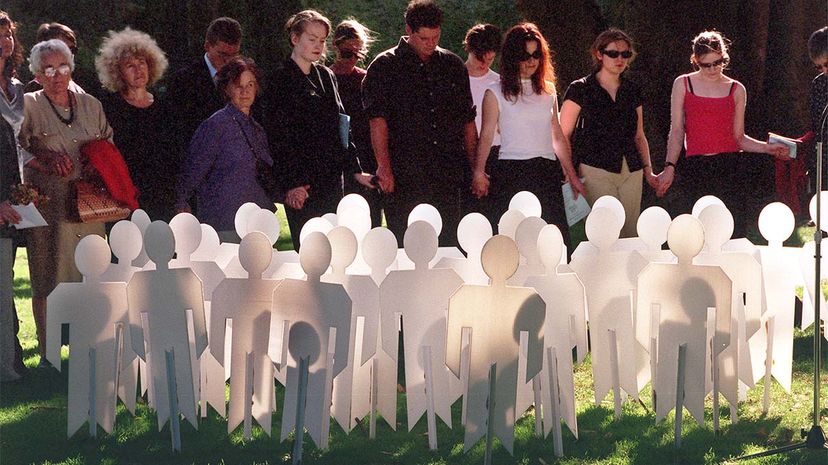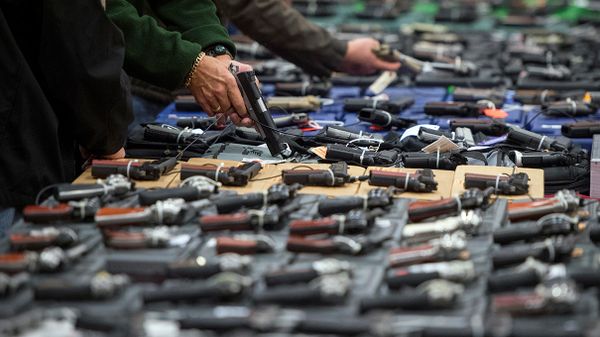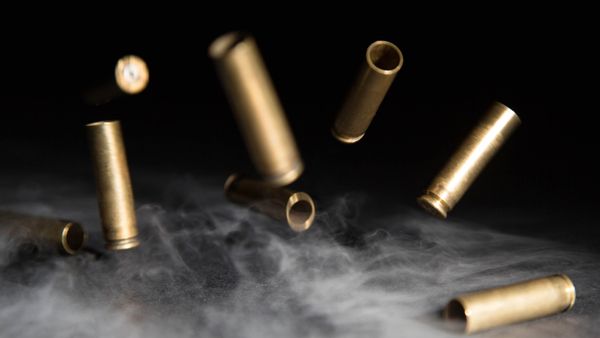Given the passion and vitriol that inflames the debate over guns in the U.S., Americans might assume that enacting gun control must have required a hard-fought battle in Australia. But surprisingly, McPhedran says that wasn't the case. Australian political leaders had been considering tougher national gun control laws for years, and some of the elements of the national laws — such as the stringent requirements for gun ownership — were already in place in some parts of the country.
Additionally, there was a strong public consensus in Australia in favor of gun control. "People were so shocked and horrified by what had happened at Port Arthur, and so wanted "something" to be done, that there was no significant opposition whatsoever," McPhedran says. "Of course, this also meant there was a great deal of emotion but no real debate or calm reflection — which is seldom conducive to developing genuinely effective policies."
But even if the U.S. Congress was able to find the political will to enact Australian-style gun control measures, how well would they work in the U.S.? McPhedran, among others, is skeptical. "If you consider how many firearms are owned in the U.S., trying to translate an Australian-style prohibition/compensation program to the U.S. would work out to tens of millions of firearms," she says.
Additionally, McPhedran notes that gun registration in Australia hasn't been entirely successful. Though there are about 3 million registered firearms, the number of unlicensed weapons still in circulation is estimated to range between 1.5 million and 6 million. "So if you imagine trying to roll a system like that out in the U.S., it is just unrealistic," she says.
There's also the cultural contrast between the two nations. As Australian journalist A. Odysseus Patrick wrote in a Feb. 23, 2018 New York Times essay, Australians have a "profoundly different relationship with weapons. Americans love guns. We're scared of them."
Even so, it's hard to ignore one fact: Australia hasn't had a mass shooting in 22 years, while in the U.S. we've had dozens of them, according to this list compiled by Mother Jones (and this list doesn't include everyday, run-of-the-mill U.S. gun violence). As Australian Capital Territory Chief Minister Andrew Barr recently told Vox, he just shakes his head when he hears Americans talk about arming teachers, "because more guns is not the solution, it's fewer guns."


